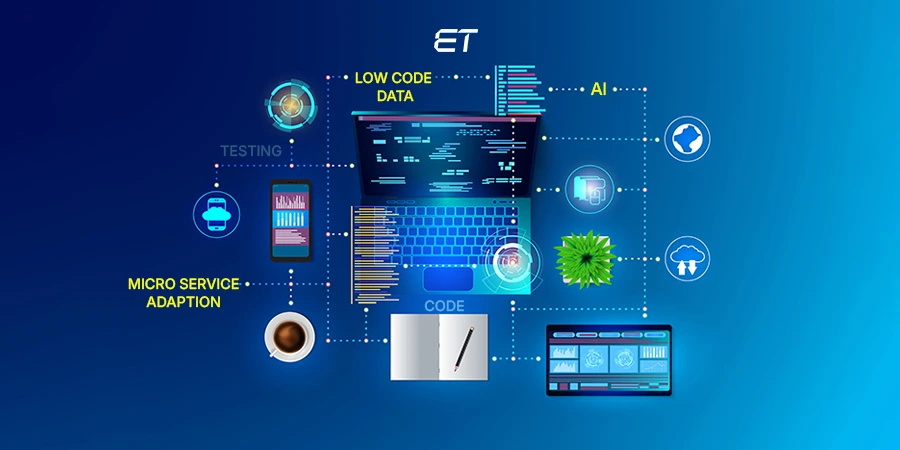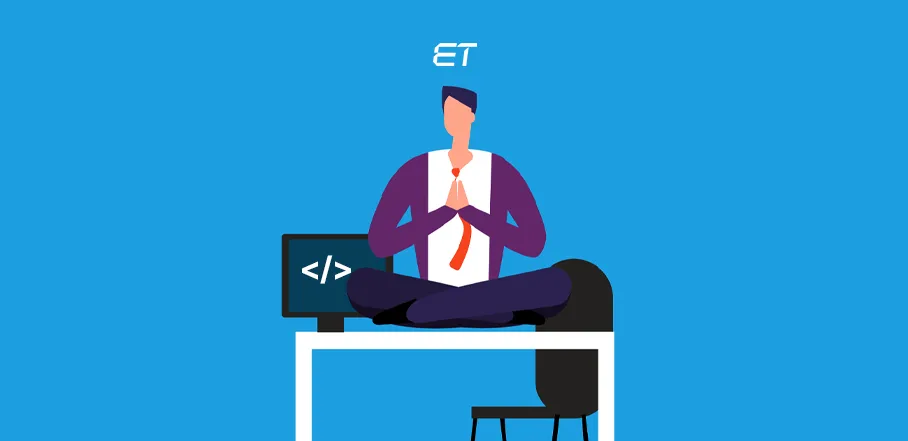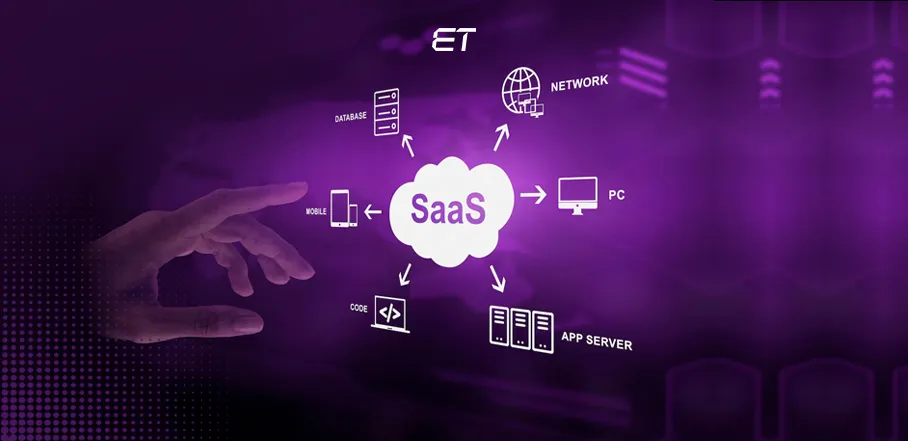
Understanding SaaS Application Development – Step by Step Guide
Once upon a time, in the world of computers, a new way to use software appeared. It was called ‘SaaS,’ which stands for Software as a Service.
It all began in 1999 when Salesforce decided to leverage SaaS application development. Unlike old-fashioned software that you could install on your computer, SaaS was like renting a tool. In other words, you could use it from anywhere with an internet connection.
SaaS platform development changed the way businesses worked. It was easy to use and didn’t need a lot of setup. In fact, businesses of all sizes, from small startups to big companies, loved this software category because it made their work easier and faster.
But how did SaaS do this? Let’s discover this interesting concept’s secrets and learn how to capitalize on it to succeed in today’s competitive world.
What is SaaS (Software-as-a-Service) Model?
Want to understand the meaning in simple words? Here we go:
Simply put, the Software-as-a-Service (SaaS) model is a cloud-based software distribution model where a vendor hosts software applications and makes them available to customers over the internet. This means, instead of purchasing and maintaining software on your own servers, you can access SaaS applications through a web browser or mobile device.
SaaS providers handle all aspects of the software, including installation, maintenance, upgrades, and security. This service eliminates the need to invest in hardware, software licenses, and IT staff to manage the software.
SaaS has become popular due to its numerous benefits, including cost-effectiveness, scalability, accessibility, and ease of use. It allows businesses of all sizes to access powerful software applications without significant upfront investment.
The Basics of SaaS Application Development

Our journey into the world of SaaS application development begins with unraveling its fundamental building blocks.
Visualize SaaS as a digital castle built upon a strong foundation of multiple key components.
The first component is ‘cloud.’
SaaS resides in the cloud, a vast digital territory where data and applications live. This region eliminates the need for on-premises servers, making it accessible from anywhere.
Next comes the ‘subscription service.’
You can imagine this component as a membership to a club. The SaaS business model operates on a subscription basis. SaaS operates on a subscription model. Businesses pay a recurring fee to access the software, ensuring consistent updates and support.
The third component is ‘scalability.’
SaaS is like a magical tent that can expand or shrink to fit your needs. It can handle your business’s growth or decline without requiring major infrastructure changes.
Now, on the same lines, the final component of software as a service is ‘accessibility.’
In simple terms, a SaaS application is accessible from any device with an internet connection. SaaS is always within reach whether you’re working from home, on the go, or in a remote office.
The Art of SaaS Software Development
Simply put, SaaS software or application development is a collaborative effort or process that involves a team of skilled professionals.
Once you decide to develop a SaaS app, the following member should be on your squad:
- UI/UX Designers: They craft the user interface and experience, ensuring that the application is functional and visually appealing
- Developers: These professionals write the code that brings the application to life, using programming languages like Python, JavaScript, and Ruby
- Cloud Engineers: They manage the infrastructure, ensuring that the application runs smoothly and securely on the cloud platform
- API developers: These experts connect SaaS applications with other systems, allowing them to work seamlessly with existing tools and data
Together, these skilled IT professionals work to create SaaS applications that are powerful, scalable, and user-friendly. So, booking top-notch SaaS development services makes sense in today’s world.
Key Aspects of SaaS Application Development
As we continue our journey through SaaS application development, let’s explore the pillars that hold these marvelous software products.
1. The Front-end

The front end of a SaaS application is the grand entrance to a majestic castle.
It’s the first thing users see, and it sets the tone for their entire experience. A well-designed front end can captivate users, while a poorly designed one can drive the same visitors away.
UI/UX designers are the architects of this digital fortress. They craft the user interface (UI), ensuring the application looks visually appealing and easy to navigate. They also design the user experience (UX), considering how visitors will interact with the SaaS application and ensuring that it’s intuitive and enjoyable to use.
In simple words, whether users click buttons, fill out forms, or explore different features, SaaS application development should be ready to handle these actions. A well-designed front end can significantly impact a SaaS application’s success.
The benefits? Here they are:
- Enhanced user experience
- Boost in brand reputation
- Improved conversion rates
- Reduced support costs
So, to handle the front end, you need UI/UX Designers, Front-end developers, and a Project Manager.
Know all the relevant details of our vetted front-end developers. Hire programmers proficient in using technologies like Angular, React, Vue.js, and more!
2. The Back-end
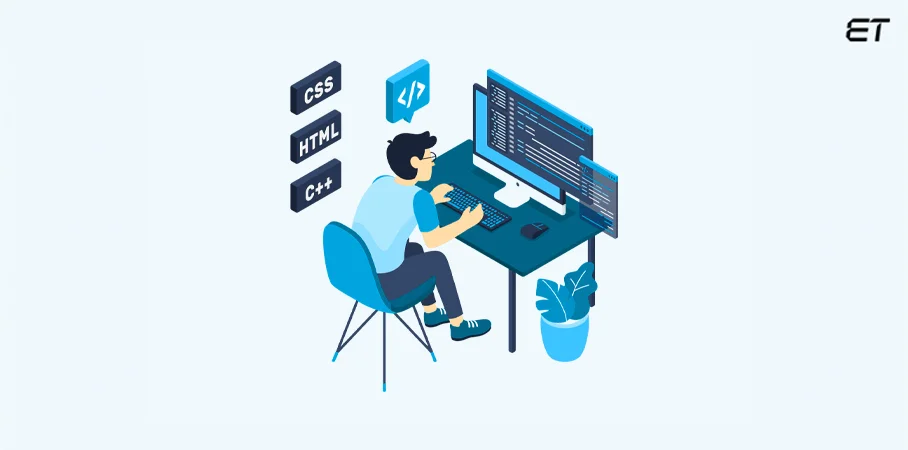
The backend is the hidden chambers of our SaaS’ magical castle.
Consider the back-end aspect of SaaS application development as the engine that powers the application’s logic, processes data, and interacts with other systems.
Imagine the backend as the castle’s secret passageways connecting the various rooms and chambers. It’s where data is stored, processed, and retrieved. It’s also where the castle’s defenses are managed, ensuring that it’s protected from threats.
Once your SaaS development process ticks the right boxes, you can provide a seamless experience to users. Here are the points to cover:
- Maintainability
- Performance
- Scalability
- Security
- Integration
Backend developers use suitable programming languages like Python, Ruby, Java, and Node.js to create robust backend systems. A well-designed backend should be reliable, scalable, and secure to ensure that the castle can withstand any challenges.
PHP, Laravel, Node.js, Python, or .NET – our back-end experts cover all the prominent technologies.
3. The Cloud
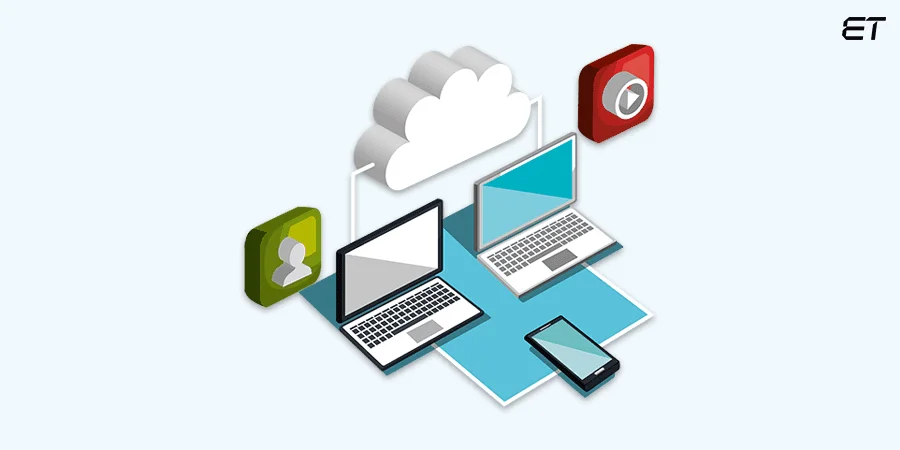
In SaaS application development, the cloud can be like the fertile ground on which your castle is built.
It’s a vast digital landscape that offers a scalable, flexible, and reliable platform for hosting and running your SaaS application.
Here are some of the key benefits of using the cloud as the foundation for for developing SaaS applications:
- Scalability: The cloud allows you to expand your castle to accommodate increasing numbers of visitors. Whether you need to build new rooms or expand the courtyard, the cloud can provide the resources you need
- Flexibility: The cloud offers several services and digital tools, allowing you to customize your castle to your specific needs. From building materials to furnishings, the cloud has everything you need to create a unique and functional castle
- Reliability: Cloud providers invest heavily in infrastructure and security, ensuring that your castle is always protected from threats. This gives you peace of mind and allows you to focus on welcoming your guests
- Cost-Efficiency: Cloud computing can be a cost-effective option for building and maintaining your castle. You only pay for the resources you use, eliminating the need for upfront investments in materials and labor
By leveraging the power of the cloud, you can build a SaaS castle that is scalable, reliable, and cost-effective. So, the next time you plan SaaS application development, remember that it’s standing on the solid foundation of the cloud.
Read all about Cloud Security Posture Management to secure your cloud infrastructure.
4. The APIs
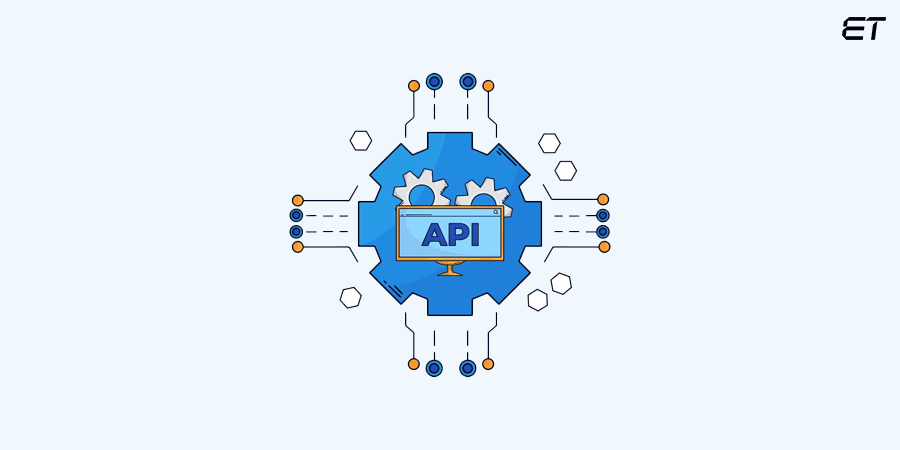
The final piece of your SaaS application development puzzle is APIs. Consider the API as a bridge connecting your SaaS castle to the surrounding world.
It’s a gateway that allows your application to communicate and interact with other systems and services.
APIs are like digital messengers. They carry data and instructions back and forth.
Through the use of APIs in your SaaS development, your application can perform the following activities:
- Integration with Other Systems
- Sharing of Data
- Extension of Functionalities
Overall, leveraging APIs can create a powerful and versatile SaaS application. It’s like building a network of allies that can enhance your castle’s capabilities and reach. The choice of your SaaS development team influences the utility of this component.
Curious to know the concept and use of real-time APIs? Our blog contains key details like components, implementation, examples, and much more.
SaaS Application Development: The Step-wise Process
As a business, you should understand one fundamental point. SaaS app development is similar to the conventional software creation process.
The only difference?
‘Delivery model.’
Conventional software requires installation and maintenance on the user’s device or server. It involves a one-time purchase or licensing fee.
On the contrary, a SaaS application is accessible via a web browser or mobile app. It is hosted on a cloud platform, eliminating the need for local installation and maintenance. Now that you understand this differentiating factor, let’s take a quick look at the SaaS platform development steps.
| 1. Plan and Discover | |
| Identify your target audience and understand their needs | |
| Analyze existing SaaS solutions to identify gaps and opportunities | |
| Decide the core features that will set your application apart and deliver value to your users | |
⬇️
| 2. Wireframe and Prototype | |
| Create basic sketches of the application’s layout and user flow | |
| Build interactive prototypes to test the design and gather feedback | |
⬇️
| 3. SaaS Application Development | |
| Create the user interface and experience (UI and UX) | |
| Develop the server-side logic and database | |
| Build APIs for integration with other systems | |
⬇️
| 4. Conduct Quality Testing and Assurance | |
| Ensure that the application works as intended | |
| Evaluate the SaaS application’s speed and responsiveness | |
| Identify and address potential security vulnerabilities | |
⬇️
| 5. Deploy and Launch | |
| Select a suitable cloud provider for hosting your application | |
| Deploy the application to the cloud infrastructure | |
| Promote your application to reach your target audience | |
⬇️
| 6. Maintain and Update | |
| Track the performance and address any issues | |
| Collect user feedback to recognize areas for improvement | |
| Update the SaaS application with new features and bug fixes | |
The Types of SaaS Applications to Develop
By now, you know the general idea of SaaS application development. However, expanding your knowledge further is vital. Software as a service allows you to tap several industries and market segments.

In this section, you’ll find the most popular types to consider for SaaS app development.
| Type of SaaS Apps | Utilities | Examples |
| Customer Relationship Management (CRM) | Manage customer interactions, track sales, improve customer satisfaction | Salesforce, HubSpot, Zoho CRM |
| Human Capital Management (HCM) | Maintain employee data, payroll, benefits, and performance | Workday, ADP, BambooHR |
| Market Automation | Automate marketing tasks, email campaigns, and lead generation | Marketo, HubSpot, Pardot |
| Customer Support | Automate marketing tasks, email campaigns, and lead generationProvide customer support, manage tickets, and track customer inquiries | Zendesk, Freshdesk, Intercom |
| Enterprise Resource Planning (ERP) | Streamline business processes, manage resources, and improve efficiency | SAP, Oracle, NetSuite |
| E-commerce | Create and manage online stores, process payments, and manage inventory | Shopify, Magento, BigCommerce |
| Accounting | Manage finances, track expenses, and generate financial reports | QuickBooks, Xero, FreshBooks |
| Project Management | Plan, organize, and track projects and tasks | Asana, Trello, Jira |
The Benefits of Building SaaS Applications
By now, you must be aware that building SaaS applications offers several advantages. Let’s quickly enlist them below:
- Recurring Revenue Streams: SaaS models generate predictable and recurring revenue through subscription fees, creating a stable and sustainable income source
- Scalability and Flexibility: SaaS applications can easily scale to accommodate a growing user base without requiring significant upfront infrastructure investments
- Improved Customer Satisfaction: Regular updates and enhancements, along with readily available customer support, contribute to higher customer satisfaction and retention rates
- Data-Driven Insights: SaaS platforms generate valuable data on user behavior and preferences, enabling you to make informed decisions about product development and marketing strategies
Overall, these benefits make SaaS an attractive option for businesses seeking to develop innovative software solutions.
SaaS Development Challenges and Solutions
Interesting, profitable, and valuable – these three words are sufficient to describe the SaaS model. However, every process has certain hurdles that you need to identify and overcome.
Here are some common ones you can face during your project.
Security and Data Privacy
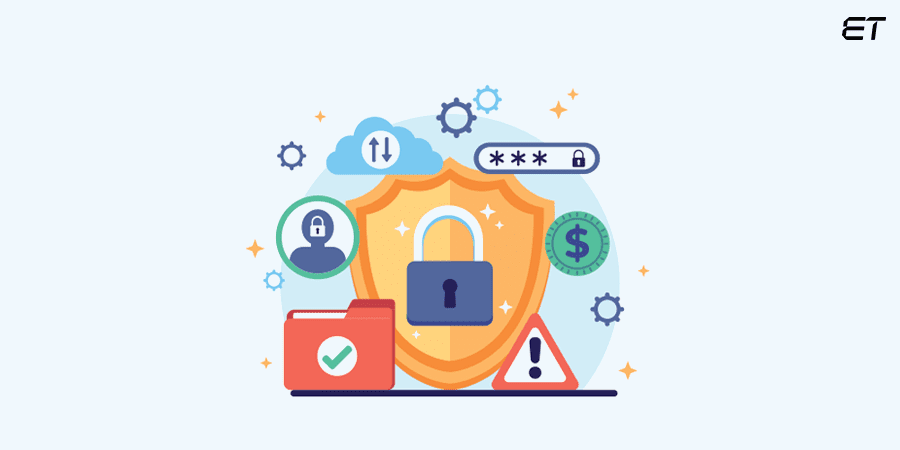
During SaaS application development, you may encounter common security challenges, such as data breaches, phishing attacks, and malware.
For instance, unauthorized access to sensitive user data can cause financial loss, reputational damage, and legal liabilities. In addition, phishing attempts trick users into revealing their personal information, opening the door to identity theft and fraud.
Also, malicious software can infect your application, compromising its security and potentially harming users.
So, are there apt solutions? Indeed, yes! Here are some well-known strategies:
- Encryption
- Strong Authentication
- Regular Security Audits
- Security Training
- Patch Management
- Data Loss Prevention
- Incident Response Plan
All in all, by investing in security measures, you can protect your users’ data and safeguard the reputation of your SaaS application.
Technical Challenges
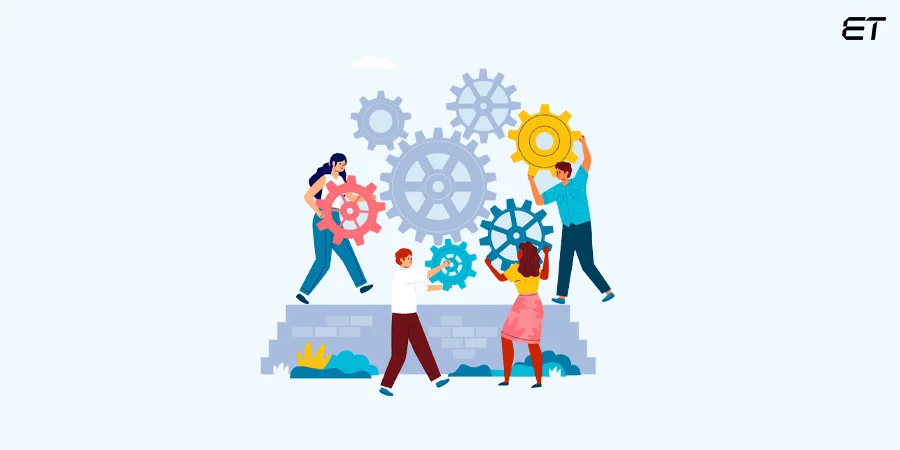
As your SaaS application grows, it may struggle to handle increasing user loads. This aspect can lead to performance bottlenecks and user frustration. This challenge, termed ‘scalability issues,’ can arise during and after SaaS application development.
Also, you can face integration difficulties with other systems. Another common technical challenge is related to the cloud. Managing cloud resources effectively can be complex, especially for teams with limited cloud experience. Furthermore, dealing with legacy systems can be a challenge, as they may not be compatible with modern technologies or security standards.
To tackle all these hurdles during your SaaS development, here are some useful tactics:
- Containerization
- Preferring microservices
- API best practices
- Cloud-native technologies
- CI and CD
- Performance monitoring
You can build a successful and scalable SaaS application by addressing these technical challenges.
Integration with Current Systems

This SaaS platform development challenge is quite complex. First, integration depends a lot on data formats. Different systems can use incompatible data formats, making it difficult to exchange information.
Also, integrating with legacy systems can be challenging due to outdated technologies and limited capabilities. Sometimes, SaaS integration can impact the performance of your application, leading to slower response times or errors.
Fret not. The following tactics can equip you to handle such practical difficulties:
- Implementing security protocols
- Data mapping
- API-first approach
- Rigorous testing and validation
Overall, by considering these factors and adopting a strategic approach, you can successfully integrate your SaaS application with other systems.
Generation of Revenue

SaaS application development should become a profitable venture, right?
However, in today’s competitive age, you may face challenges such as pricing, customer acquisition, retention, and setting budget for SaaS development cost.
For instance, determining the right pricing model and pricing tiers can be difficult. Also, attracting new customers and converting them into paying subscribers can be challenging. If you offer a freemium model, monetizing the free tier and converting users to paid plans can be difficult.
Don’t worry. The following pointers can help you mitigate these hurdles:
- Establish value-based pricing
- Build customer success teams
- Upsell and cross-sell
- Build lucrative partnerships
Proper planning allows you to overcome revenue challenges and turn your SaaS app development process into a thriving enterprise.
Start Your SaaS App Development Today!
In a nutshell, SaaS has emerged as a revolutionary force, transforming the way businesses operate. By understanding the fundamentals of SaaS application development, you can capitalize on its power to build innovative and successful digital solutions.
SaaS offers numerous possibilities, from the intricate interplay of frontend and backend development to the strategic integration of APIs. By carefully planning, executing, and overcoming the challenges of SaaS platform development, you can create an application that stands out in today’s market.
So, are you ready to embark on your SaaS journey? Contact our team of vetted experts and SaaS developers to discuss your project and understand how we can help you build a successful SaaS application.
Frequently Asked Questions
1. How long is the SaaS application development process?
The development time for a SaaS application varies due to factors like complexity, features, and team size. However, on average, building a fully functional SaaS product can take a few months to a year.
2. What is the average cost of SaaS development?
The cost of SaaS development depends on factors like the application’s technical aspects, features, integrations, and the development team’s location and experience. It’s essential to get accurate cost estimates from multiple IT vendors to compare pricing and find the best fit for your budget.
3. How can I ensure the security of my SaaS application?
To ensure high security, you should implement robust security measures like data encryption, regular security or code audits, and strong authentication protocols. Additionally, consider partnering with a reputable cloud provider that offers advanced security features.
4. What are the KPIs to track for a SaaS application?
Some essential KPIs for SaaS applications include customer acquisition cost (CAC), customer lifetime value (CLTV), monthly recurring revenue (MRR), churn rate, and user engagement metrics.
5. How can I monetize my SaaS application?
Several monetization strategies exist for SaaS applications, including subscription fees, freemium models, premium features, and advertising. The best tactic depends on your target market, value proposition, and business goals.
6. What are the challenges of scaling a SaaS application?
Scaling a SaaS application can be challenging due to factors like increased traffic, data storage requirements, and infrastructure limitations. To overcome these challenges, it’s essential to have a scalable architecture, utilize cloud infrastructure effectively, and monitor your app’s performance.
7. Is coding necessary for SaaS?
No, coding is not strictly necessary for all SaaS ventures. Many SaaS companies utilize no-code or low-code platforms to build and launch their applications, enabling entrepreneurs and businesses with limited coding expertise to enter the SaaS market.



